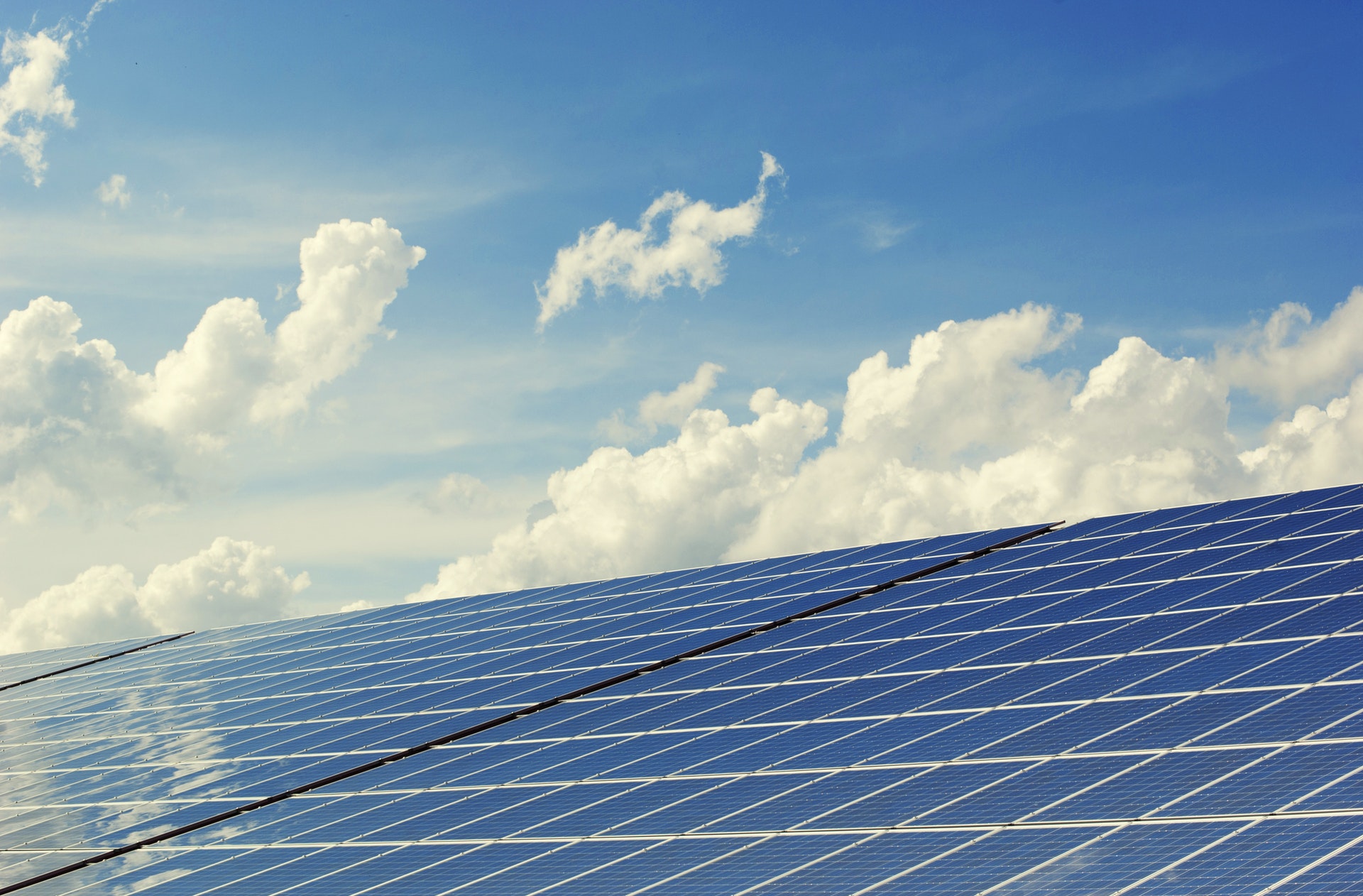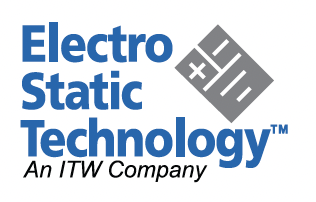The grounding system must address low earth impedance as well as low resistance. A spectral study of lightning’s typical impulse reveals both a high and a low frequency content. The high frequency is associated with an extremely fast rising “front” on the order of 10 microseconds to peak current. The lower frequency component resides in the long, high energy “tail” or follow-on current in the impulse. The grounding system appears to the lightning impulse as a transmission line where wave propagation theory applies.
A single point grounding system is achieved when all equipment within the structure(s) are connected to a master bus bar which in turn is bonded to the external grounding system at one point only. Earth loops and differential rise times must be avoided. The grounding system should be designed to reduce ac impedance and dc resistance. The shape and dimension of the earth termination system is more important a specific value of the earth electrode. The use of counterpoise or “crow’s foot” radial techniques can lower impedance as they allow lightning energy to diverge as each buried conductor shares voltage gradients. Ground rings around structures are useful. They should be connected to the facility ground. Exothermic (welded) connectors are recommended in all circumstances.
Cathodic reactance should be considered during the site analysis phase. Man-made earth additives and backfills are useful in difficult soils circumstances: they should be considered on a case-by-case basis where lowering grounding impedances are difficult an/or expensive by traditional means. Regular physical inspections and testing should be a part of an established preventive maintenance program.













